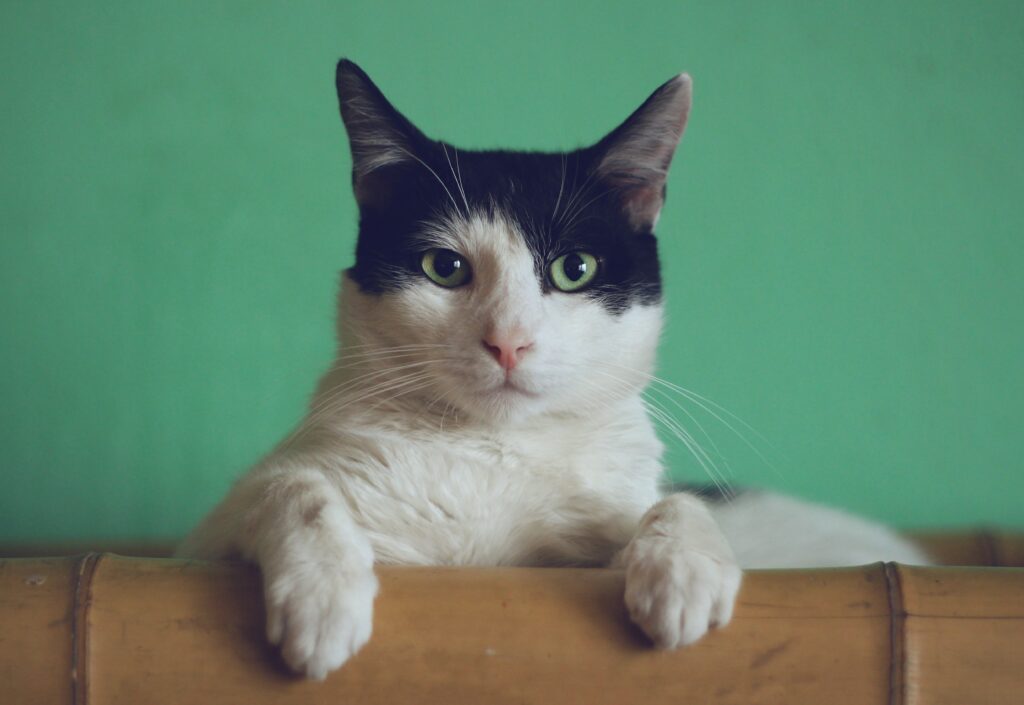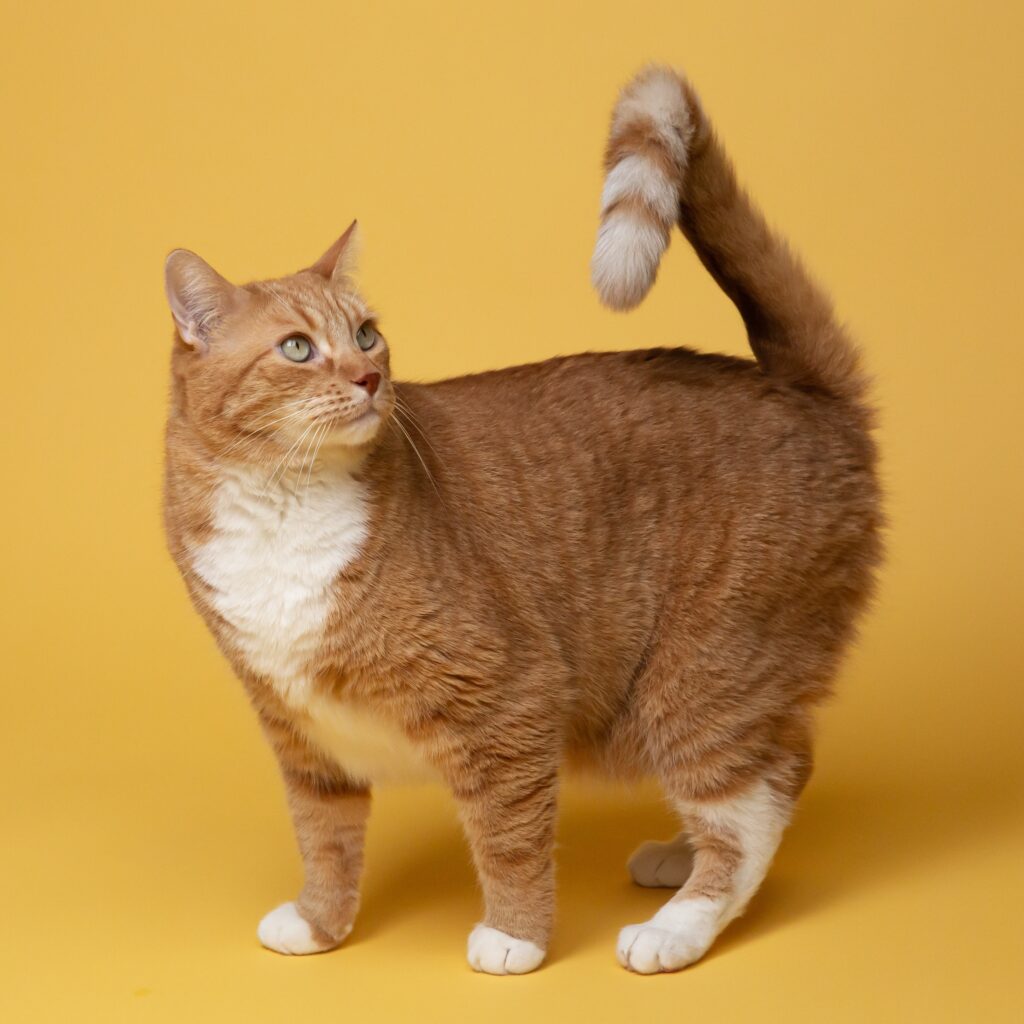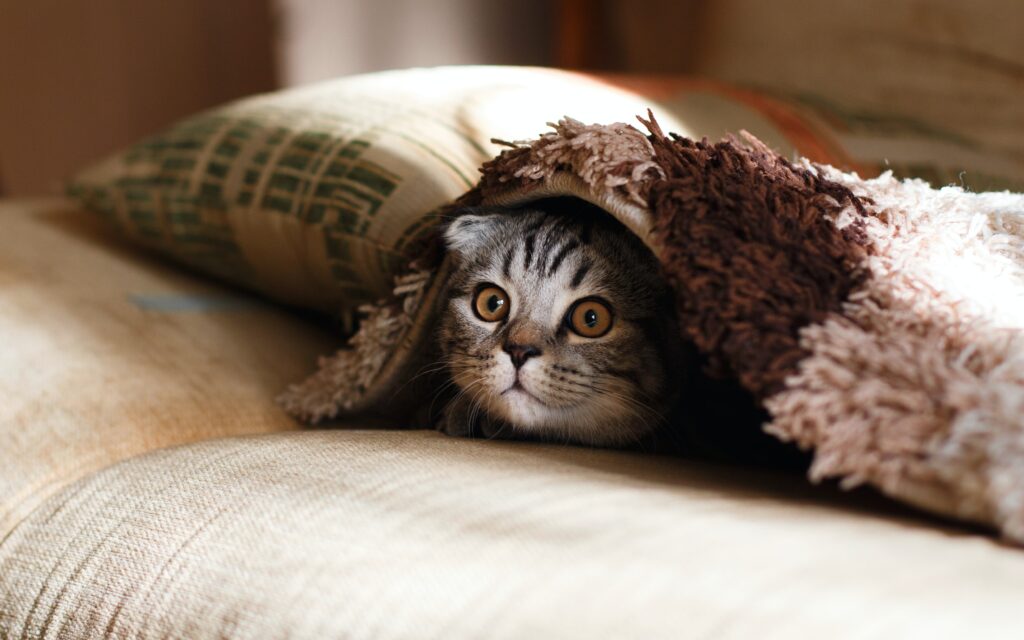Welcome, cat lovers and quiz enthusiasts, to our fun and interactive “Cat Breeds Quiz”! Let’s put your knowledge of different cat breeds to the test and see how well you know these adorable feline companions. Get ready for a paw-some experience!
Think you’re a pro at identifying cat breeds, or could you use some assistance from your furry companions? Join us in this quiz as we explore the fascinating world of cats and their various breeds.
Does My Cat Love Me? You’ll get 100% Honest Answer!
Come embark on a journey through the captivating world of cat breeds, from the graceful Siamese to the majestic Maine Coon, and from the unique Bengal to the calm and charming Ragdoll. Discover a lineup of fascinating feline friends, waiting for you to explore and identify. It’s time to unleash your inner cat enthusiast and dive into the diverse and delightful realm of cat breeds.
Whether you’re a long-time cat lover or simply curious about feline breeds, this quiz is an ideal opportunity to challenge your knowledge and possibly uncover some fascinating new cat breeds. Let’s get those fingers moving across the keyboard and begin the “Cat Breeds Quiz” right away!
Take this The Ultimate Cat Lover Quiz!

Cats have been our cherished companions for centuries, and the sheer variety of cat breeds is truly astonishing. Whether you prefer the sleek and refined Siamese or the fluffy and loving Maine Coon, there is a cat breed that perfectly matches every personality and preference. So, prepare yourself for a delightful journey into the captivating realm of these adorable creatures.
Are You A Cat Or A Dog? This Quiz Predicts 90% Accurately!
Meet the elegant and enchanting Siamese cat. With their captivating blue almond-shaped eyes and unique color patterns on their ears, face, paws, and tail, Siamese cats are truly a sight to behold. They have a penchant for vocalizing and enjoy engaging in conversations with their human companions, making them perfect for those who appreciate a feline friend that loves to chat.

Introducing the Majestic Maine Coons! If you’re a fan of bigger cats, then the Maine Coon breed is perfect for you. These special felines are renowned for their impressive size, tufted ears, and beautifully plush tails. Despite their majestic appearance, Maine Coons are incredibly gentle and loving creatures, which is why they’ve earned the endearing nickname “gentle giants.” They also have a playful and sociable nature that makes them great companions for families.
Take this Ultimate Dog Breeds Quiz!
If you’re someone who appreciates a touch of royalty, then the Persian cat is the embodiment of elegance. These cats possess long, silky fur and sweet, round faces that exude an air of sophistication. With their calm and laid-back temperament, Persians make perfect lap cats. While grooming their luxurious coats may require some dedication, the bond you’ll form with your Persian companion will make every brush stroke worthwhile.
Take this Cat Breed Quiz: How Many Kitties Can You Name? Find out!
If you’re searching for a feline companion with a touch of wildness, the Bengal cat may be just what you’re looking for. These captivating creatures boast a coat that closely resembles that of a leopard, adorned with beautiful rosette spots. Bengals are renowned for their abundant energy and zest for play, making them an ideal choice for households that enjoy an active lifestyle. Their playful antics will provide endless entertainment and enjoyment.

Lastly, we have the Ragdoll cat, a breed known for their calm and gentle demeanor. They get their name from their unique behavior of going limp when picked up. With semi-long fur and beautiful blue eyes, they are undeniably charming. Ragdolls thrive on affection and enjoy being in the company of their human companions, often trailing closely behind them as if they were devoted shadows.
To conclude, the world of cat breeds is both diverse and captivating. Whether you are drawn to the regal elegance of a Persian, the playful nature of a Bengal, or the gentle companionship of a Ragdoll, there is undoubtedly a cat breed that will suit your preferences perfectly. These furry friends bring immense joy, comfort, and a touch of whimsy into our lives, making them the ideal companions for any feline enthusiast.
To wrap up, our “Cat Breeds Quiz” has been a journey through the fascinating realm of feline diversity. We’ve discovered the talkative Siamese, the majestic Maine Coon, the elegant Persian, and the adventurous Bengal. Each breed offers its own distinctive traits that make them beloved by cat enthusiasts everywhere.
Having learned the fascinating details about these delightful companions, it’s time to assess your newly gained knowledge. Challenge yourself with our quiz and see if you can correctly match each breed to its corresponding description. Who knows, you might just unveil your hidden talent as a cat expert!
Thank you for joining us on this amazing journey into the feline world. Don’t forget to share your quiz results and your favorite cat breeds with other cat lovers. Stay curious, keep enjoying the comforting purrs, and continue celebrating the incredible world of cats!